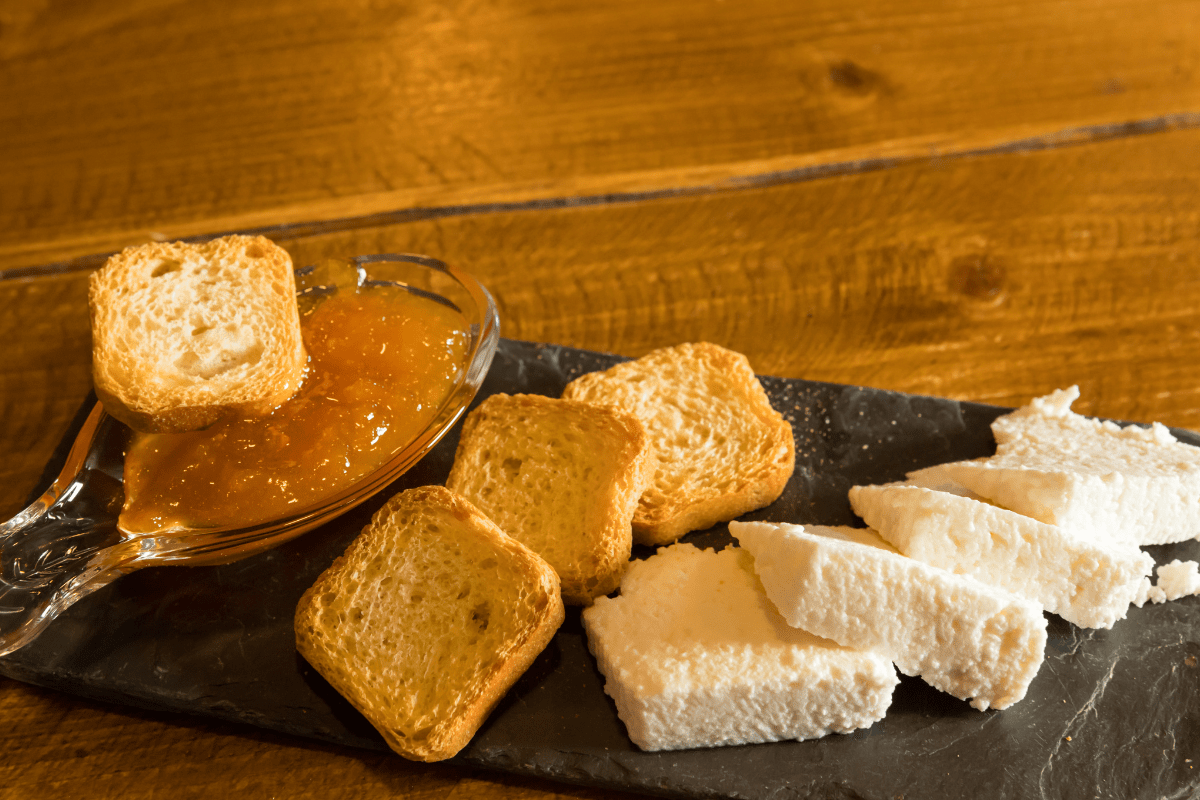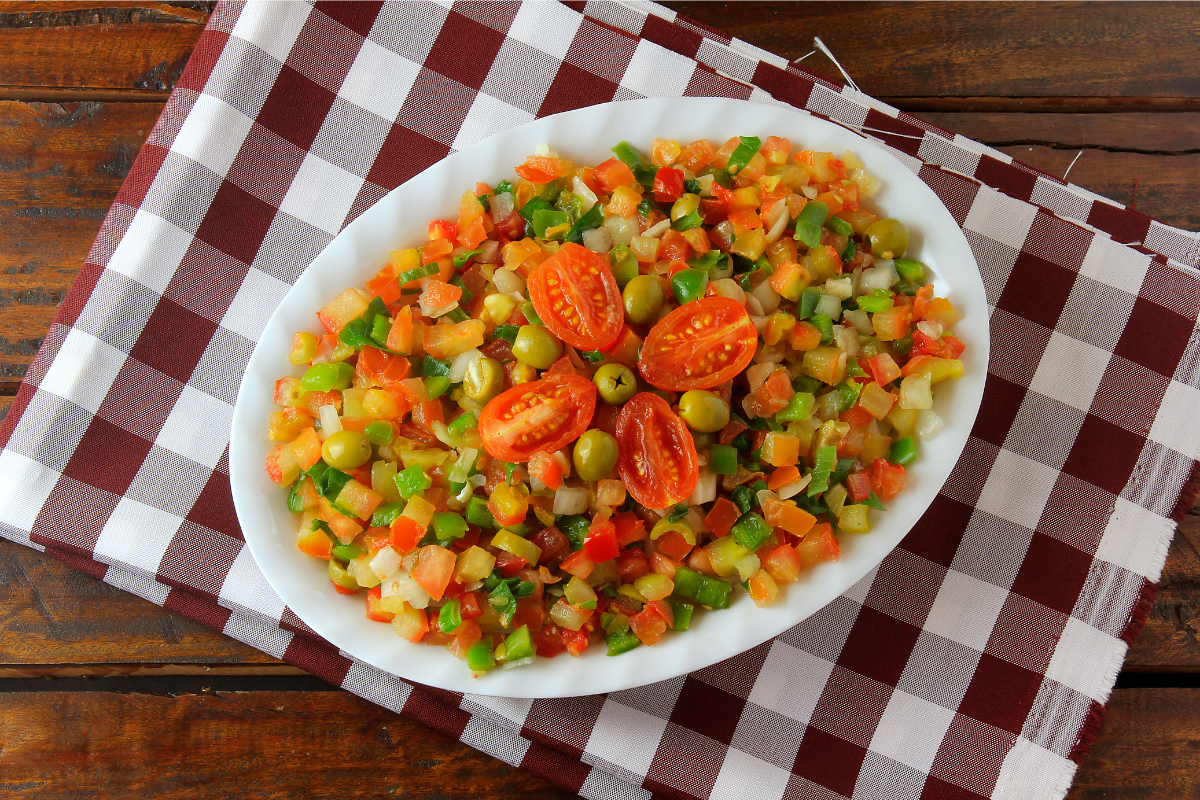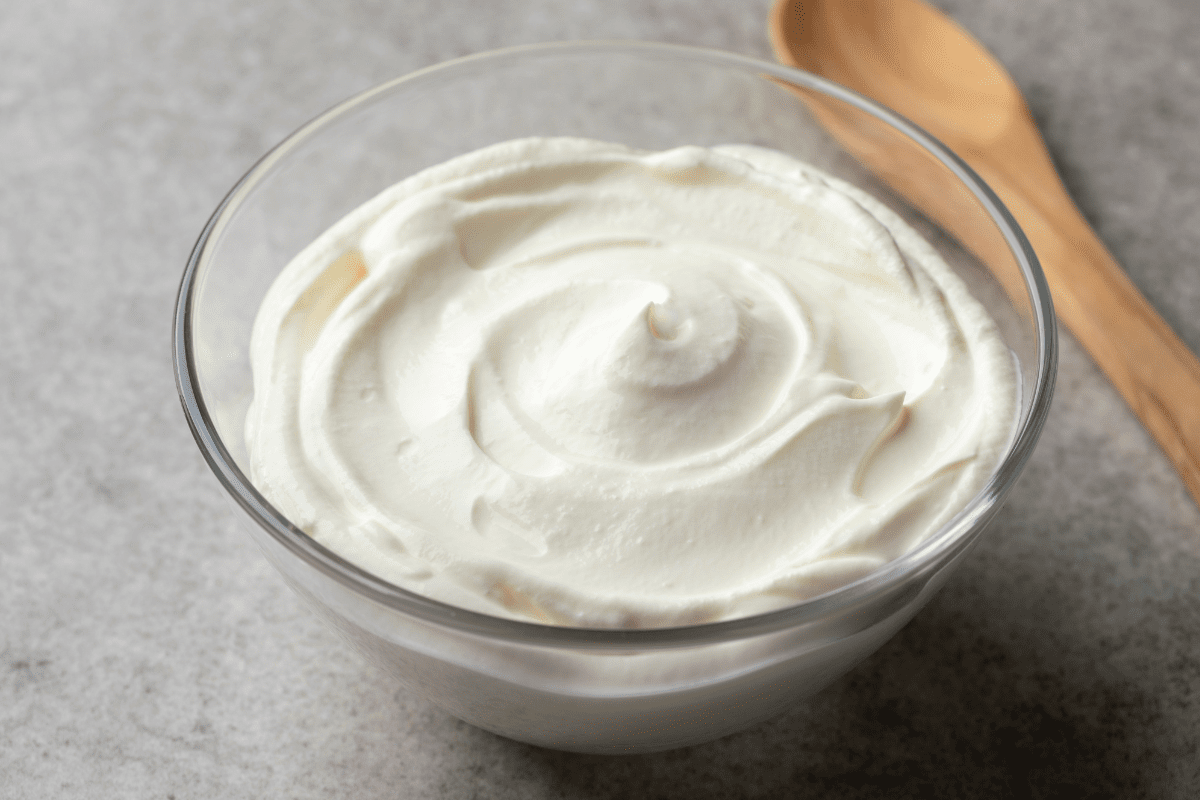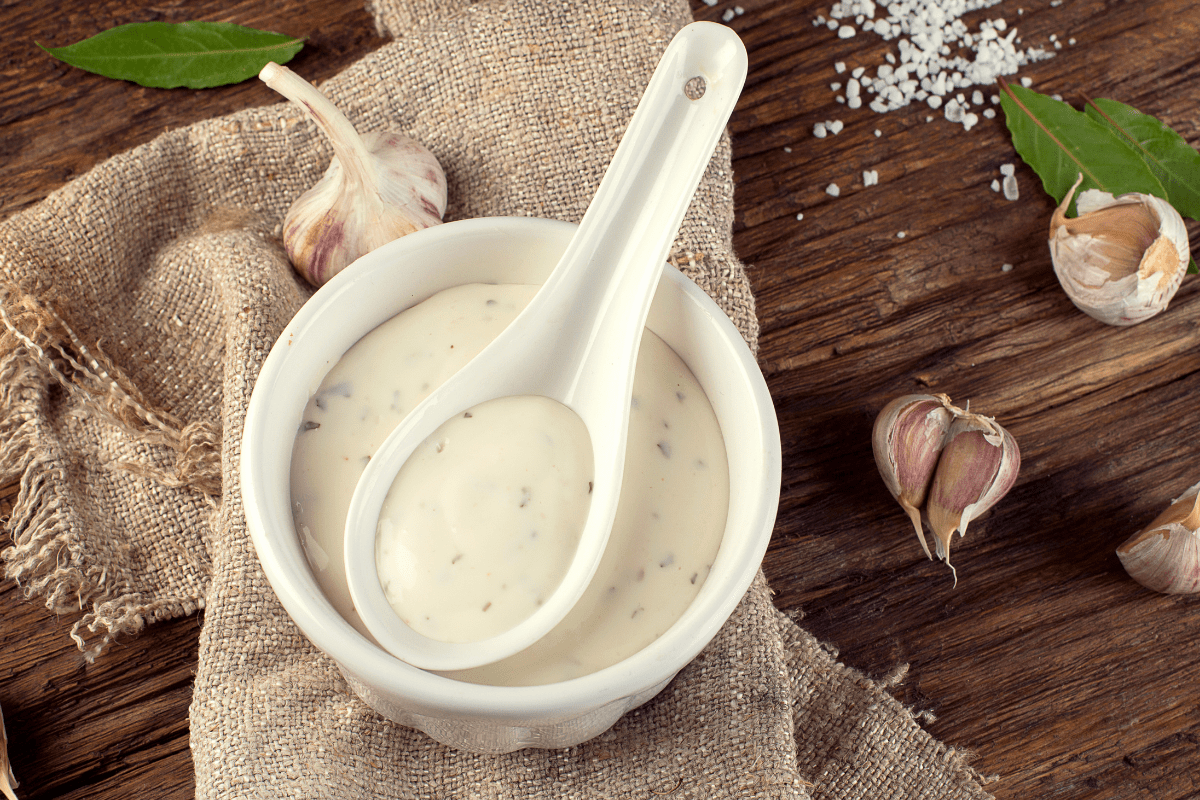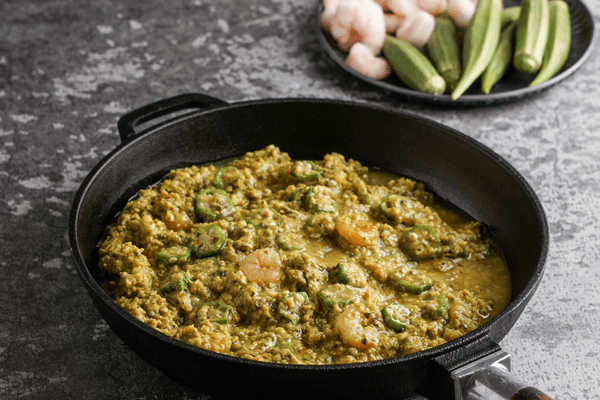
Caruru is a zesty, flavorful shrimp dip from Brazil that often accompanies the popular fritters known as acaraje. It is a unique combination of flavors, with roots heavily steeped in Brazil’s African culture. Many of the ingredients form the base of traditional Bahian cooking, such as dende oil, peanuts, and okra. Despite the seemingly long list of ingredients, this shrimp dip recipe is quite simple to make and will elevate any party snack, from corn chips to crackers to fresh, crunchy veggies.
Where Does Caruru Come From?
Descriptions of caruru from the 17th century do not include okra or peanuts, but rather a leafy vegetable akin to spinach. During his exploration of the Amazon in 1820, Von Martius described a similar concoction made of “chestnuts pounded with an herb similar to spinach.” There is no mention of shrimp, either.
There is a popular Caribbean stew known as callaloo that broadly fits this description. Callaloo is most often made with greens like amaranth and taro leaves, then stewed with various spices and salt fish. The taste and texture is often compared to cooked spinach.
Caruru, it would seem, is a Bahian version of callaloo. The names are even similar, with some suggesting a joint origin. Caruru replaces the greens with okra, a plant native to Africa and likely brought by sugar plantation slaves to Brazil. Much of Brazil’s cuisine, especially in Bahia, has African roots, and the vibrant caruru sauce is a prime example.
What to Eat with Caruru Shrimp Dip?
Caruru does not have to be a dip. In fact, it tastes delicious served piping hot over white rice or as a delicious base for a lobster roll. Of course, if you have the occasion, you must try it the way Bahians prefer to eat it: paired with a crisp acaraje fritter. These fritters are made from a ground black eyed pea mixture filled with a variety of meats and vegetables. You will often find them served by the famous Baianas de Acaraje, recognizable by their traditional dress.
What is Dried Shrimp?
Today’s recipe calls for dried shrimp, an ingredient that is widely available in most Asian supermarkets and in the international aisles of many chain stores. The shrimps have been dried in the sun until they are about the size of a thumbnail. They are used as a seasoning in dishes and prized for their unique, umami flavor profile.
Vegan and Kosher Substitutes for Shrimp Dip
If your diet prohibits shellfish or meat, there are plenty of options that will work for this recipe. Vegan shrimp can be incorporated in place of the jumbo shrimp, and a comparable amount of miso paste will help mimic the sweet, umami flavor of the dried shrimp.
Shrimp Dip Recipe from Brazil (Caruru)
Ingredients:
1 lb jumbo shrimp, peeled and deveined (about 15-18 shrimps)
2 lbs fresh okra, tops and ends removed, diced
3.5 tbsp ground dried shrimp
¼ cup roasted peanuts
3 cloves garlic, minced
2 tsp red chile flakes
1 small yellow onion, chopped
2 tablespoons dende (red palm oil)
6 oz water
½ cup fresh cilantro, chopped
Extra virgin olive oil
Freshly ground black pepper
½ tsp kosher salt
Hot sauce
Directions:
- Heat a skillet over medium high heat. Add a drizzle of extra virgin olive oil. Saute the okra in the oil until the edges take on a golden brown color (about 3 minutes). Remove from heat and set aside.
- In a blender or a food processor, add your jumbo shrimp, ground dried shrimp, and peanuts. Blend or pulse until a smooth, thick paste forms.
- Heat another skillet over medium heat. Add in the dende oil and cook the onions, garlic, and chile flakes until fragrant and softened (2-3 minutes).
- Stir in the shrimp paste, salt, pepper, and water. Bring the mixture to a simmer, then reduce to low and cover.
- Simmer on low for thirty minutes.
- Add in the cooked okra, chopped cilantro, and a few dashes of hot sauce.

